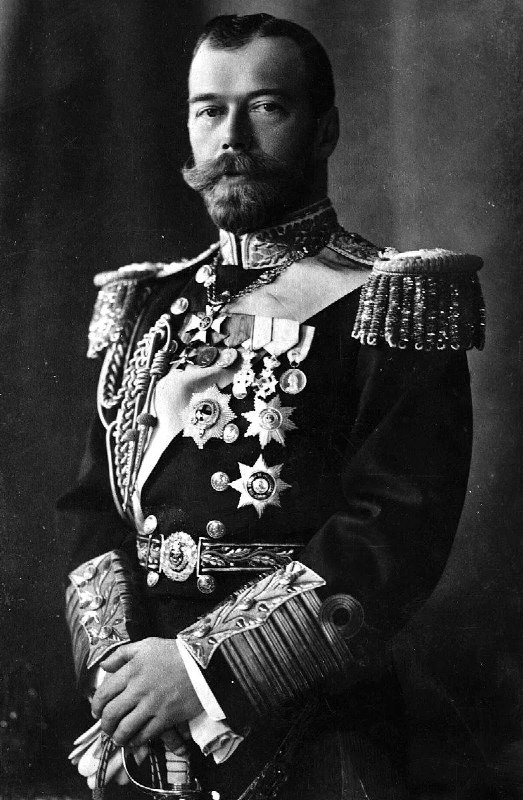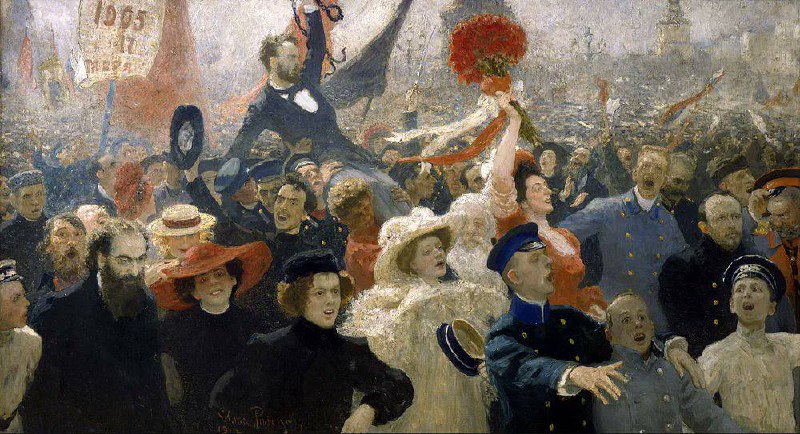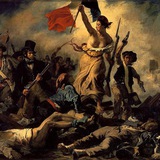🔴 The Russian Revolution of 1905 challenged the absolute power of Tsar Nicholas II (reign 1894-1917) as ruler of the Russian Empire. Bloody Sunday in 1905 started the year disastrously for the tsar when soldiers fired upon an unarmed crowd outside the Winter Palace.
Strikes, protests, and mutinies followed, which involved peasants, industrial workers, the urban middle class, intellectuals, students, and elements of the military. The tsar held on to power by promising reforms and a new representative parliament, but he soon lapsed back into his autocratic ways until he was deposed in the Russian Revolution of 1917.
Tsar Nicholas II had reigned over the Russian Empire since 1894, but his right to absolute rule began to be questioned by many sections of Russian society. That society had been changing rapidly through the last quarter of the 19th century.
@world_history
Strikes, protests, and mutinies followed, which involved peasants, industrial workers, the urban middle class, intellectuals, students, and elements of the military. The tsar held on to power by promising reforms and a new representative parliament, but he soon lapsed back into his autocratic ways until he was deposed in the Russian Revolution of 1917.
Tsar Nicholas II had reigned over the Russian Empire since 1894, but his right to absolute rule began to be questioned by many sections of Russian society. That society had been changing rapidly through the last quarter of the 19th century.
@world_history
❤🔥6❤6👍2
tgoop.com/world_history/1067
Create:
Last Update:
Last Update:
🔴 The Russian Revolution of 1905 challenged the absolute power of Tsar Nicholas II (reign 1894-1917) as ruler of the Russian Empire. Bloody Sunday in 1905 started the year disastrously for the tsar when soldiers fired upon an unarmed crowd outside the Winter Palace.
Strikes, protests, and mutinies followed, which involved peasants, industrial workers, the urban middle class, intellectuals, students, and elements of the military. The tsar held on to power by promising reforms and a new representative parliament, but he soon lapsed back into his autocratic ways until he was deposed in the Russian Revolution of 1917.
Tsar Nicholas II had reigned over the Russian Empire since 1894, but his right to absolute rule began to be questioned by many sections of Russian society. That society had been changing rapidly through the last quarter of the 19th century.
@world_history
Strikes, protests, and mutinies followed, which involved peasants, industrial workers, the urban middle class, intellectuals, students, and elements of the military. The tsar held on to power by promising reforms and a new representative parliament, but he soon lapsed back into his autocratic ways until he was deposed in the Russian Revolution of 1917.
Tsar Nicholas II had reigned over the Russian Empire since 1894, but his right to absolute rule began to be questioned by many sections of Russian society. That society had been changing rapidly through the last quarter of the 19th century.
@world_history
BY World’s History




Share with your friend now:
tgoop.com/world_history/1067
